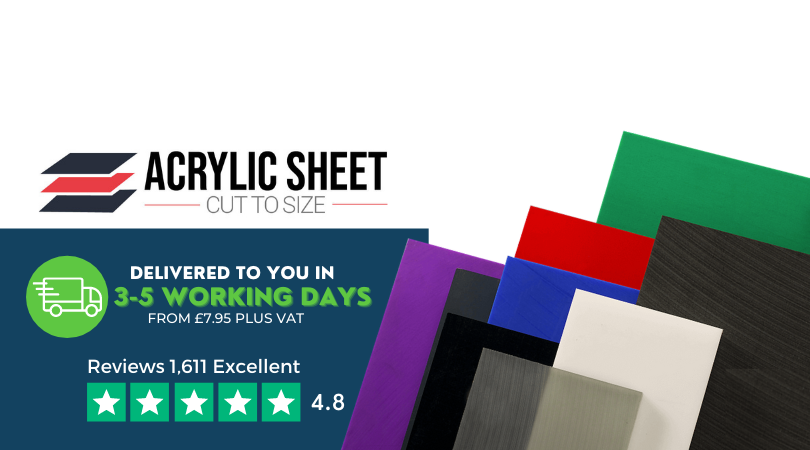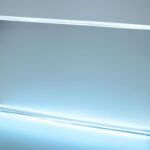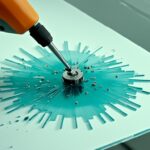Acrylic Vs Perspex
While acrylic and Perspex Polycarbonate are often viewed as direct competitors, they have a lot in common at face value and sometimes bump into each other when performing the same tasks. At a glimpse, you may not be able to distinguish between the two, so how can you pick between them? As their actual properties are quite different, it is not better, but rather which is most suitable for your purposes.
Damage resistance:
Plastics, such as acrylic and Polycarbonate, have impressive resistance levels to strong impacts and can hold their own against the most of alternative materials. Often a comparison is made between them and glass, which always comes out as the clear loser.
Both plastics are very resistant to damage and will easily resist a blow that would have reduced a pane of glass to thousands of shards. Nevertheless, Polycarbonate’s impact resistance consistently beats glass’, as it consistently outperforms both of them. Depending on how it is constructed, acrylic can exhibit anywhere between 10-30 times the resistance of glass but will normally fall short of the strength demonstrated by Polycarbonate.
Colours:
Polycarbonate, on the other hand, offers a far more limited selection of colours than acrylic. Most standard colours are available, however.
Unlike acrylic, though, the colour clarity of Polycarbonate does diminish over time and will assume a yellow hue with continued exposure to UV rays.
Cleaning:
Their resistance to powerful knocks, while effective, does not translate to their ability to resist scratches, and both (particularly Polycarbonate) will submit to scratches, suggesting acrylic should avoid abrasive cleaning solvents and harsh sponges or scourers.
Both are easily cleaned with normal soap and water. Still, acrylic is less repellent to harsh chemicals than Polycarbonate and should not ever be cleaned with glass detergents or ammonia-based sprays.
Polycarbonate can endure the rigours of these types of cleansers and is, therefore, less likely to be damaged while being maintained, but once the damage has been inflicted, it is not easily fixed. Acrylic, however, can recover from minor injuries, such as light scratches at next to no expense and even less difficulty.
Transparency:
Acrylic is marginally more transparent than Polycarbonate, and the difference is negligible, but the gap will widen if Polycarbonate is allowed to yellow due to sun exposure.
Additionally, both will lose visual clarity over time, the difference being that acrylic must be polished to restore it; Polycarbonate cannot.
Cost:
Polycarbonate can be anywhere from 35% to 300% more costly than acrylic.
Workability:
When forming acrylic and polycarbonate sheets, acrylic is more manageable and can be cut more efficiently and with noticeably less opposition, mainly when using electrical tools.
In contrast, Polycarbonate excels in drilling since it can be drilled anywhere on the sheet without causing damage 99% of the time. Acrylic will stand drilling but grows more and more likely to break the closer you drill to the corners.







